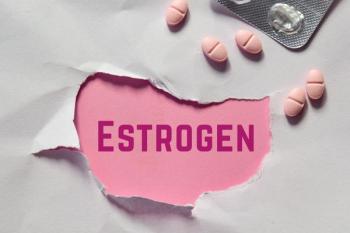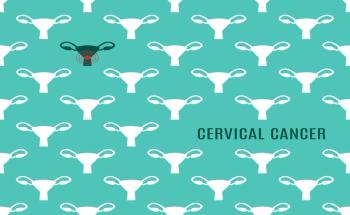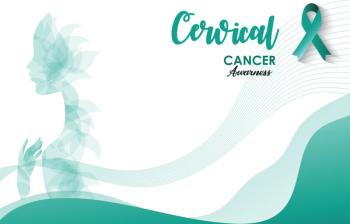
Women's Health
Latest News
Latest Videos

CME Content
More News

Access to obstetric care declined across the US, especially in rural areas, with more than 7 states seeing more than 25% of hospitals lose obstetric services from 2010 to 2022.

Jayme Ambrose, DNP, RN, CCM, of Adobe Population Health, explores how addressing social determinants of health transforms maternal care delivery, reduces disparities, and improves outcomes for mothers and infants.

The decision could have ripple effects across the country when it comes to state governments deciding who gets to receive Medicaid funds, says Jennifer Evans, JD.

It's a critical time to spotlight the dire health disparities affecting Black Americans, from premature deaths to maternal care, and the urgent need for systemic reforms.

New Jersey Attorney General Matthew Platkin said the question before the court is whether First Choice Women's Resource Centers can ignore a subpoena amid a state consumer fraud investigation.

Adolescent and young adult (AYA) patients with hematological diseases have unique needs that require a multidisciplinary strategy to ensure their mental and sexual well-being during and beyond treatment, clinicians and patients agreed.

Supported value-based care improves prenatal care while reducing neonatal intensive care unit stays, preterm birth rates, low birth weight rates, and costs for mothers and infants.

In the US, individuals die during pregnancy and the postpartum period at a greater and increasing rate than in any other high-income country.

These populations are still included in the CDC’s COVID-19 immunization schedules despite the HHS secretary saying the shots are no longer recommended for them.

CK Wang, MD, chief medical officer of COTA, highlights how a lack of screening tools and declining ob-gyn pipeline can compound historical disparities seen in Black women's access to care.

Jessica Horwitz, MPH, FNP-C, emphasizes the importance of accessible preventive care and health education, the interconnectedness of mental and physical well-being, and the need for women, providers, and policymakers to prioritize comprehensive and depoliticized women's health care.

Offspring born to mothers with prepregnancy obesity, gestational diabetes, or hypertensive disorders of pregnancy had higher systolic and diastolic blood pressure levels than those born to mothers without these risk factors.

Sexual minority individuals face countless barriers to health care and are at a heightened risk of unwanted pregnancy.

Following the Trump Administration’s mandate to cut $2.6 billion in NIH contracts, the Women’s Health Initiative shares HHS will close its regional centers in September.

Elinzanetant significantly reduced the frequency and severity of vasomotor symptoms, known as hot flashes, compared with placebo across body mass index (BMI) and smoking status subgroups.

Study participants treated with elinzanetant experienced significantly reduced hot flash frequency vs paroxetine, desvenlafaxine, and gabapentin in a new meta-analysis.

World Health Day 2025 highlights the importance of improving maternal and newborn health, emphasizing the need for quality care and investment in regions facing high mortality rates.

Five abstracts showcase critical insights into women’s cardiovascular health, highlighting rising maternal mortality, elevated heart failure risk after ovary removal, and more.

One study found that Black women were 3 times more likely to die of maternal deaths due to cardiovascular disease than White women.

Researchers of a Swedish study advise physicians to consult with their patients about these risks and take extra precautions, but did not recommend discontinuation of any of the drugs studied.

Pulmonary arterial hypertension (PAH) can be a challenging complication to manage during pregnancy; women with PAH who are pregnant are considered a high-risk population, and they face higher rates of maternal and fetal complications.

This article explores the challenges and highlights actionable telehealth solutions that enhance access to care, particularly for mothers at higher risk of postpartum depression.

This new report is not the first to highlight cervical cancer disparities among women in the US.

The Southern Rural Black Women’s Initiative for Economic and Social Justice works to overcome race, class, cultural, religious, and gender barriers that Black women and young women face in the rural South, specifically the Mississippi Delta and the Black Belt regions of Alabama and Georgia.

While Republican state-led efforts aim to increase restrictions to abortion care and access to mifepristone and misoprostol in 2025, JAMA authors join the conversation with their published research and commentary.















































